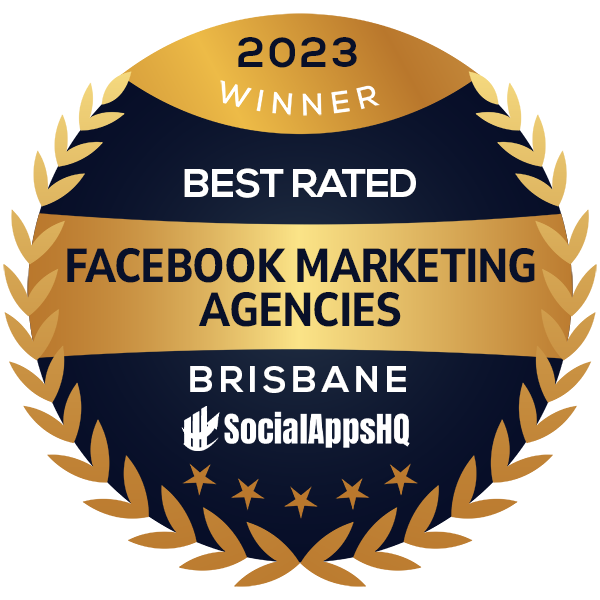Why would you want to transform your digital marketing? Digital marketing is a super dynamic field. It changes at a meteoric pace. Many businesses struggle to keep up with and adapt to these fast changes. It is important, especially for marketers, to always be on the lookout for the next wave of changes and not settle for old ways of doing business.
Your current strategy may require a few tweaks from time to time to improve the results it offers. A few tweaks rather than a massive overhaul is often all it takes to take your campaign to whole new level. Here is a list of five tweaks worth implementing to transform your digital marketing.
1. Integrating Data Into All Your Marketing Decisions
Stop all digital marketing (and any other form of marketing) that is not data-driven. Business owners who continue marketing while ignoring data stand a high chance of heading into a storm of failure. Any content that you develop devoid of data will not produce the desired results either. Make sure you know exactly how much of your budget you are putting into a campaign and what you get out. Track everything!
2. SEO Should Remain a Priority
You will hear all manner of things regarding SEO. For example, some will tell you it’s dying, if not dead already. Well, you have a choice to make here. Either you believe them or you don’t. We would rather you continue prioritizing SEO though. Learn to prioritize SEO.
SEO isn’t a new concept. It’s critical to developing a highly effective digital marketing strategy. Good SEO helps ensures all your content is getting the attention it deserves. More quality traffic will result in more business.
3. Personalising Your Customer Experience
In many industries today, customers are demonstrating a bias towards companies that offer them personalised experiences. It’s not surprising that our lifestyle and interests often determine the choices we make. A highly intuitive group of marketers is necessary to map out and develop this kind of customer experience. Use tools like email automation, Messenger Marketing and other platforms that allow for action-based communication to create a personalised buying journey for each of your customers.
4. Making The Most of Your Website
Your website, if done well, can be one of the biggest assets in your business. Make sure the content on your website is of high quality, engaging and current, so visitors spend more time engaging with it. Make it easy for people to share your ideas using social sharing tools.
Ensure your website is capable of capturing leads by providing additional value to people who opt-in. Opt-in popups are a great way to capture engaged visitors.
Make your website responsive! In 2018, more than 80% of people visit a website on a mobile device. Failing to have a responsive website will not only result in lost visitors, but in lost business opportunities, too.
5. Improve Your Email Campaigns
A well-designed digital marketing strategy always incorporates email campaigns. Emails are not new tools in marketing. Since we already established that the world has moved on, we also have to change how we carry out our email campaigns.
How To Improve Your Email Campaigns:
- provide your customers with more value and content they will actually love
- being concise by passing the right message at the right time
- making the Calls to Action clear while creating a sense of urgency
- be consistent with your sending frequency, tone of voice, design and core message
Embrace segmentation and personalisation when developing your email marketing campaigns.
In fact, marketing automation often results in a drastic improvement of the email campaigns I run for my clients.
What are some tweaks that you have used in the past to improve the results and transform your digital marketing campaigns? Let me know in the comments below!
References

 Done Digital
Done Digital
